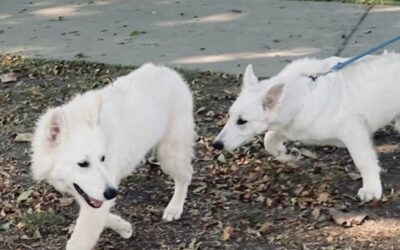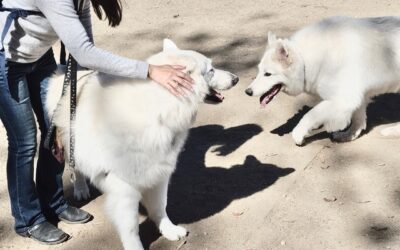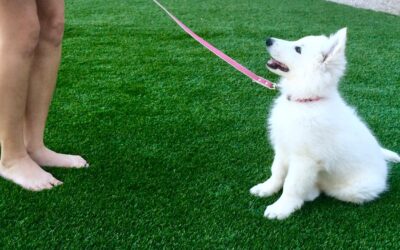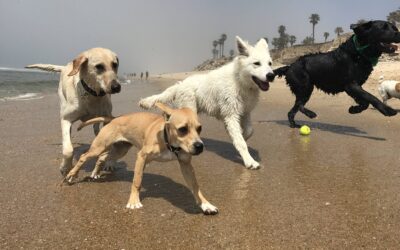Blog
How to Stop Your White Swiss Shepherd Dog From Pulling on the Leash
Walking your dog should be a pleasurable experience for both you and your dog. However, if your dog pulls on the leash, it can quickly turn into a frustrating ordeal. Not only does leash pulling make walks less enjoyable, but it can also be dangerous for you, your...
How to Introduce Your White Swiss Shepherd to Other Dogs
Introducing your Berger Blanc Suisse aka White Swiss Shepherd to other dogs should be done thoughtfully. Doing it right can make all the difference by establishing a good pattern of interaction with other dogs and it will also prevent them from having a bad or...
How to Stop Your White Swiss Shepherd Puppy From Jumping on You
Teaching your puppy not to jump on people promotes safety, good manners, and positive interactions with others while helping your puppy develop into a well-behaved and socially accepted member of the community. Here are a few things you can do to train your White...
Should I Take My White Swiss Shepherd Puppy to a Dog Park?
In theory, dog parks sound great! Who doesn’t like seeing their dog playing happily with other dogs and getting exercise? Unfortunately, as good as it sounds, the potential for a good experience outweighs the great risk of dog parks. Risks of Dog Parks Worth...
When to Start Training Your New White Swiss Shepherd Puppy
Investing time and effort in training your puppy will lead to a happier, healthier, and more harmonious relationship. Here are four important steps you should take to train your puppy. 1. Start when the puppy enters your house for the first time! When...
Why You Should Crate Train Your White Swiss Shepherd
At Dances with Wolves Ranch, we strongly recommend crate-training puppies early. It is good for your dog and your family for many reasons, but here are our top five. 1. Mimics Their Natural Environment First, dogs are naturally den animals. Some people express...






